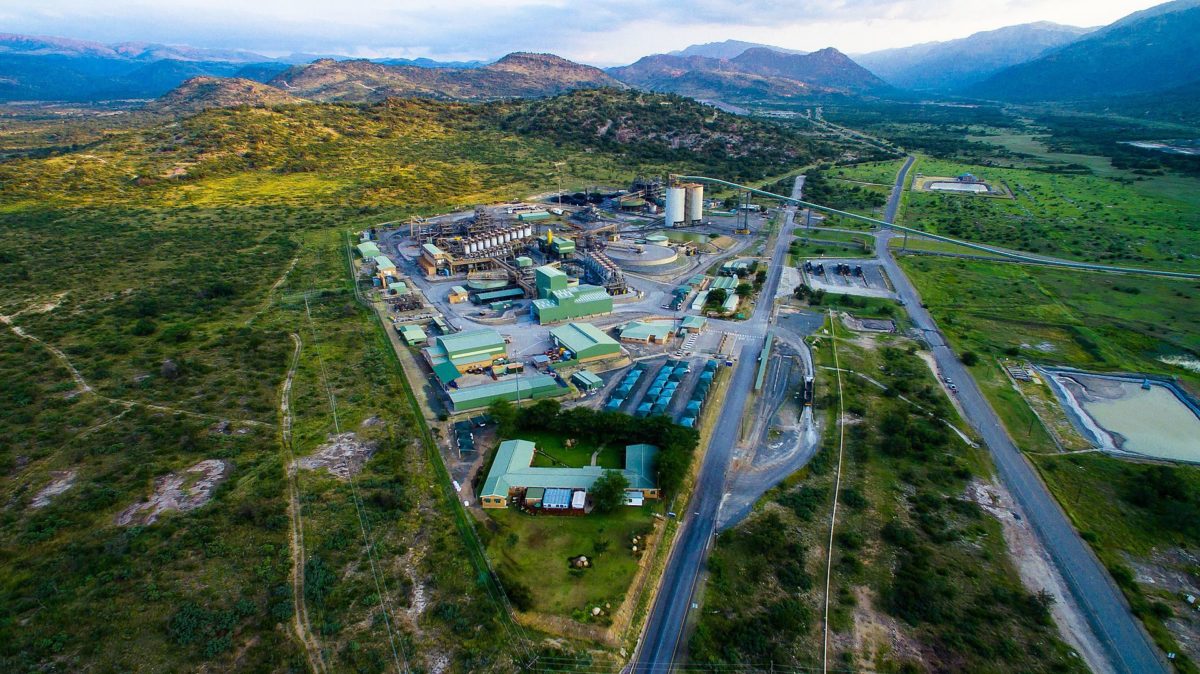From pv magazine International
A document published by the European Commission for the bloc’s Council of Ministers has identified various supply chain concerns related to the planned ramping up of green hydrogen production on the continent.
With the EU having already noted potential future shortages of solar panel and battery storage raw materials such as cobalt, lithium, aluminum, nickel, steel and copper; various basic materials needed for electrolyzers, fuel cells and hydrogen storage have also been identified by the commission as potentially problematic.
The Strategic dependencies and capacities document published by the commission a week ago identified 30 raw materials which are sourced by the EU – and global rivals – from a limited number of countries. Of those, the commission identified 13 materials as critical to the deployment of green hydrogen production, with the EU aiming for 6 GW of renewable hydrogen electrolyzer capacity by 2024 and 40 GW this decade, from a base of less than 1 GW last year.
Catalysts
Most of the critical materials are catalysts, stated the commission study, with platinum, for example, accounting for around half the cost of a fuel cell stack. South Africa is the world’s primary source of platinum, noted the study, with Russia and Zimbabwe the next biggest suppliers. In terms of more processed materials needed for fuel cells, the EU is currently capable of producing only around 15-20% of them and is critically reliant on non-EU nations for four components: CFCs; certain polymers; carbon and cloth paper; and nanomaterials and carbon nanotubes.
The high-quality carbon fiber needed to construct compressed hydrogen tanks for storage and transport is almost entirely sourced by the EU from Asia as well, the commission said.
Storage
The document also noted the global semiconductor chip shortage which is starting to be highlighted as a problem by some solar manufacturers. With the Chinese, American, South Korean and Japanese governments already planning big investments to reduce their dependency on Taiwan for the world’s smallest, most advanced, 5nm chips, the EU is heavily reliant on U.S.-held design patents and on Asian nations for packaging, testing and the fabrication of such devices.
Europe, at present, is incapable of manufacturing chips smaller than 22nm and the commission said the stipulation at least 20% of its post-Covid Recovery and Resilience Fund be spent on projects for the digital transition could go a long way to addressing the problem. That 20% would equate to member states sharing €145 billion of digital transformation investment in the next two or three years.
This content is protected by copyright and may not be reused. If you want to cooperate with us and would like to reuse some of our content, please contact: editors@pv-magazine.com.









By submitting this form you agree to pv magazine using your data for the purposes of publishing your comment.
Your personal data will only be disclosed or otherwise transmitted to third parties for the purposes of spam filtering or if this is necessary for technical maintenance of the website. Any other transfer to third parties will not take place unless this is justified on the basis of applicable data protection regulations or if pv magazine is legally obliged to do so.
You may revoke this consent at any time with effect for the future, in which case your personal data will be deleted immediately. Otherwise, your data will be deleted if pv magazine has processed your request or the purpose of data storage is fulfilled.
Further information on data privacy can be found in our Data Protection Policy.